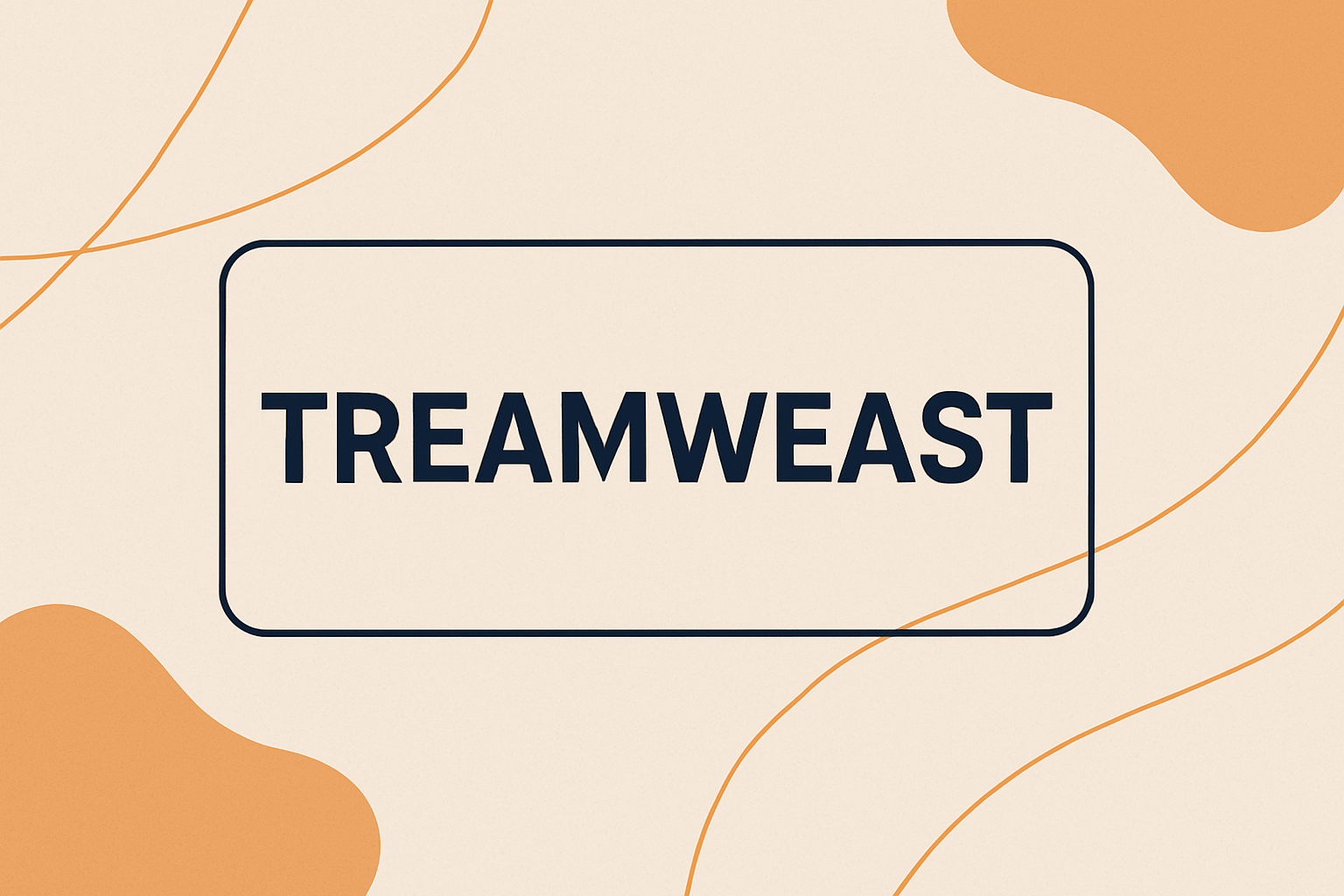In today’s fast-evolving digital world, technology is no longer just about speed or efficiency. It’s about adaptability, resilience, and how well systems interact with human needs. One emerging concept that embodies this shift is Treamweast — a modern framework designed to reshape how we think about interconnected systems, digital environments, and adaptive design.
This guide will explain what Treamweast is, how it works, and why it matters in 2025 and beyond — using clear, plain language for professionals, students, and curious readers alike.
What Is Treamweast?
Treamweast is described as a forward-thinking approach that blends:
- Systems thinking
- Human-centered design
- Interactive technologies
- Adaptive architecture
At its core, Treamweast aims to make systems more responsive, intuitive, and aligned with human behavior. It’s not a software or hardware product. Instead, it’s a philosophy and design principle that encourages flexible, user-responsive environments across various fields — from digital platforms to real-world infrastructure.
The Origin And Philosophy Of Treamweast
While the exact origins of the term are still being explored, its growing popularity stems from its focus on dynamic ecosystems — environments that can respond to feedback, adjust behavior over time, and integrate multiple layers of data and interaction seamlessly.
Treamweast emphasizes:
- Holistic system design, not isolated functions
- Decentralized control, where users influence outcomes
- Adaptive growth, learning from real-time inputs
This philosophy reflects modern challenges in tech, where rigid, static systems often fail to keep up with user expectations or environmental changes.
Key Principles Of Treamweast
Modularity
Treamweast supports systems that can be broken down into flexible components, making them easier to update, scale, or reconfigure.
User-Responsive Interaction
Interfaces are designed with human behavior in mind — adjusting layout, function, and structure based on real-world usage patterns.
Cross-Platform Fluidity
Systems built on Treamweast principles aim to work seamlessly across platforms and environments — from mobile apps to smart infrastructure.
Learning Through Feedback
These systems are designed to evolve using real-time feedback, reducing friction and improving long-term performance.
Applications Of Treamweast In 2025
Treamweast is not limited to one field. Its ideas are being explored in several industries:
| Sector | Example Use Case |
| Smart Cities | Infrastructure that adapts to traffic, weather, and population flow. |
| Digital UX Design | Interfaces that change based on user learning or preference. |
| Education | Adaptive learning platforms that adjust to student pace. |
| Healthcare | Systems that respond to patient data for better diagnostics. |
Whether it’s creating apps that “think ahead” or building cities that can adapt to real-time environmental data, Treamweast principles are shaping the future of how we design for complexity.
Why Treamweast Matters Today
In 2025, static systems are quickly becoming obsolete. Users demand:
- Real-time personalization
- Context-aware tools
- Seamless cross-device transitions
Treamweast meets these demands by encouraging resilience, adaptability, and human-first design. It doesn’t just improve system performance — it changes how systems evolve with the people who use them.
Benefits Of Treamweast-Based Design
- Better User Retention through adaptive interfaces
- Lower Maintenance Costs due to modular, self-adjusting systems
- Enhanced Decision-Making via real-time analytics integration
- Scalable Frameworks suitable for both small apps and enterprise systems
Challenges And Considerations
While promising, Treamweast also presents challenges:
- Requires cross-disciplinary collaboration between tech, design, and psychology
- Implementation complexity is higher than traditional systems
- Security and privacy must be carefully considered due to real-time data flows
Still, for organizations ready to embrace next-gen design, the long-term gains far outweigh the short-term learning curve.
Final Thoughts
Yes — if adaptability, interaction, and system evolution matter. Treamweast isn’t just a buzzword. It’s a reflection of where modern systems are headed: toward smarter, more flexible, and more human-centered environments.
By embracing Treamweast principles, designers, developers, and business leaders can build systems that don’t just work — they grow, respond, and connect.
FAQ’s:
Is Treamweast A Software?
No. It’s a design philosophy and framework that informs how systems are structured and how they respond to users.
Where Can Treamweast Be Applied?
Anywhere adaptive design is needed — from apps to architecture, education to enterprise.
Who Should Learn About Treamweast?
UX designers, system architects, developers, educators, and futurists who are building for complexity and scalability.
Hungry for more? Head over to my website for fresh articles.
10 Key Facts You Should Know About Simpcitt Before Using The Term
